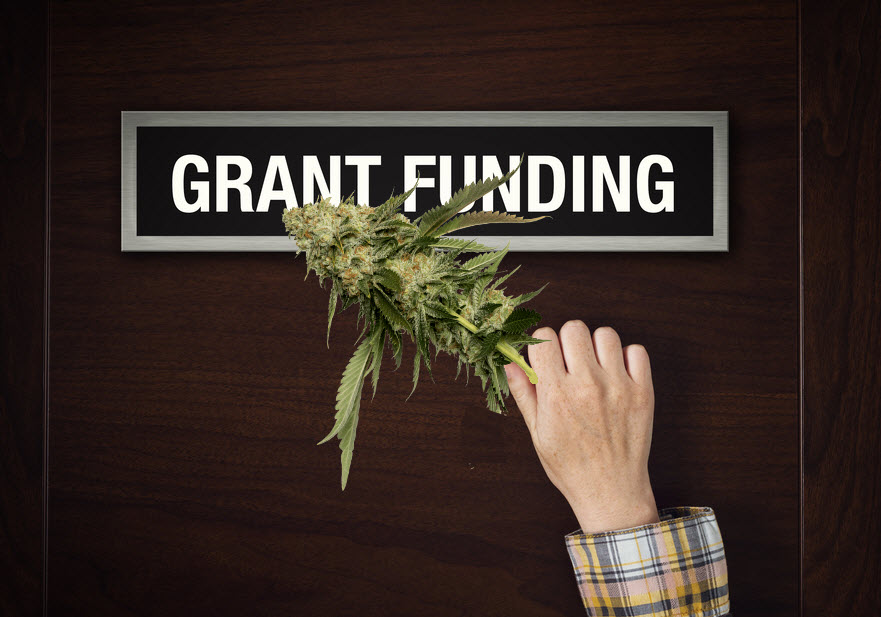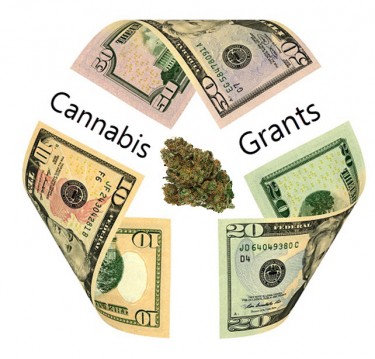
California’s Cannabis Grants in Support of Environmental Remediation
Commercial cannabis production contributes little or nothing to the environment. California officials have promised to offer grants to help combat the negative effects of weed cultivation. This is seen as a means of helping to restore the environment.
California is the state that produces the largest amount of cannabis. There are large areas of land dedicated to growing various cannabis strains within state borders. The widely acclaimed Emerald Triangle is located in California. The recent announcement by these officials about their plans to offer new cannabis grants to tackle the harmful effects of commercial cannabis cultivation is a welcome development.
Cannabis cultivation and its negative effects on the environment
More than 33 states now approve the cultivation and sale of cannabis for either recreational, medicinal or both purposes. Like California, other states produce their weed, but their levels of production are less than California’s. On the one hand, California has many land masses that can be used for cultivation purposes.
There are so many benefits to growing cannabis that growers tend to ignore environmental health. Some of the harmful effects of large-scale cultivation on the environment are:
Air pollution:
Studies have shown that high concentrations of cannabis farms in a state increased emissions from those locations. These emissions are environmental hazards that release harmful pollutants into the air. Cannabis plants produce volatile organic compounds also known as VOCs. These VOCs affect ozone when they are produced in very large quantities.
Water loss:
California growers mainly grow cannabis in forested watersheds. Cannabis is a water-hungry plant that requires daily watering during its growing season.
Experts estimate that cannabis plants grown in the greenhouse consume around 3 billion liters of water from June to October. At other times, farmers use irrigation practices. Rivers are drained to sustain farms while aquatic animals are left with little water, reducing their production. Both licensed and unauthorized grows have been found in California.
Depletion of wildlife resources:
These farms are often located in public and tribal areas that used to be pristine wildlife habitats.
The use of pesticides, rodenticides, and herbicides often impact wildlife as they are sometimes killed by the toxic substances that are designed to keep them away from cultivation.
Your feed is weakened by the amount of fertilizer that is poured on the land. Their water sources are also polluted and degraded.
The grant
The Cannabis Restoration Grant Program (CRGP) is due in a few months. A few days ago, the California Department of Fish and Wildlife (CDFW) announced that concept proposals from various cannabis growers in the state were being considered.
In the press release, CRGP announced that the grant program will serve to cover the very expensive restoration projects. The statement added that the agency is more interested in the effects of cannabis cultivation and related activities on environmental damage to water catchment areas.
The California Department for Fish and Wildlife Agency says all requested proposals must be submitted between Fall 2021 and Spring 2023. Applicants must go through three phases, which include advice, pre-application and full application.
The consultation phase can be skipped but the Agency advises that applicants are considering going through the phase. According to the press release, applicants will have the opportunity to have a personal interview with CDFW employees. Here you can address discussions about their applicability and entitlement status.
CDFW’s program director Jeremy Valverde said the cultivation program will help with many restoration projects that are not available to small farmers. Qualified applicants will be able to apply environmentally sound practices while attempting to restore the damaged ecosystem on the farm. Valverde added that the agency believes the grant support will help several farmers move from issuing temporary licenses to annual licensing status.
Peggy Murphy, a prominent figure in the emerald triangle region, has praised the initiative. In her statement, the Humboldt County’s economic development expert said this will be a great opportunity to support local small cannabis farms. Many of these farms spend thousands of dollars following accepted cannabis practices, but this still poses a major financial hurdle.
Peggy says she is very interested in the initiative and looks forward to learning more about this CDFW funding opportunity.
She plans to contribute to her community by getting involved in the application process and using available resources to ensure members of the cannabis community in Humboldt and the Emerald Triangle get access to the grants as they become available.
For more information on how to receive and complete the applications, please visit the CDFW official website. Applicants can also contact the regional head office for other inquiries. CDFW’s visitor and license centers have been closed due to COVID-19.
Environmental restoration practices
All cannabis growing practices involve risks. Whether they are grown outdoors, in a greenhouse or indoors, they all have harmful effects on the environment to varying degrees.
Not every farmer would be able to get expensive grants to keep the damage under control, so it is high time to develop better and cheaper practices. Such as;
-
The varieties with the lowest VOC emissions can be grown to reduce air pollution.
-
Indoor growing can use better light sources that would not encourage high emissions of carbon into the air.
-
When growing outdoors, minimal toxins should be used to protect existing wildlife from extinction.
-
And many others.
Bottom line
It is not enough that environmental remediation is carried out while more and more farms are emerging to disrupt ongoing remediation or even worsen the damage.
California has more than 10,000 registered cannabis growing areas. The state generates tax revenue from the sales of these farms. The profit is high enough that the government might consider using a percentage of it to research the environmental impact of such commercial crops.
The state can then introduce other grants to focus on environmental remediation, not just the water drainage effect, but other aspects as well. In this way, the state continues its profit and the environment is also restored in the process.
GRANTS FOR MARIJUANA, READ MORE …

CANNABIS PROMOTIONS – WHAT ARE YOU AND HOW TO GET ONE?

Post a comment: